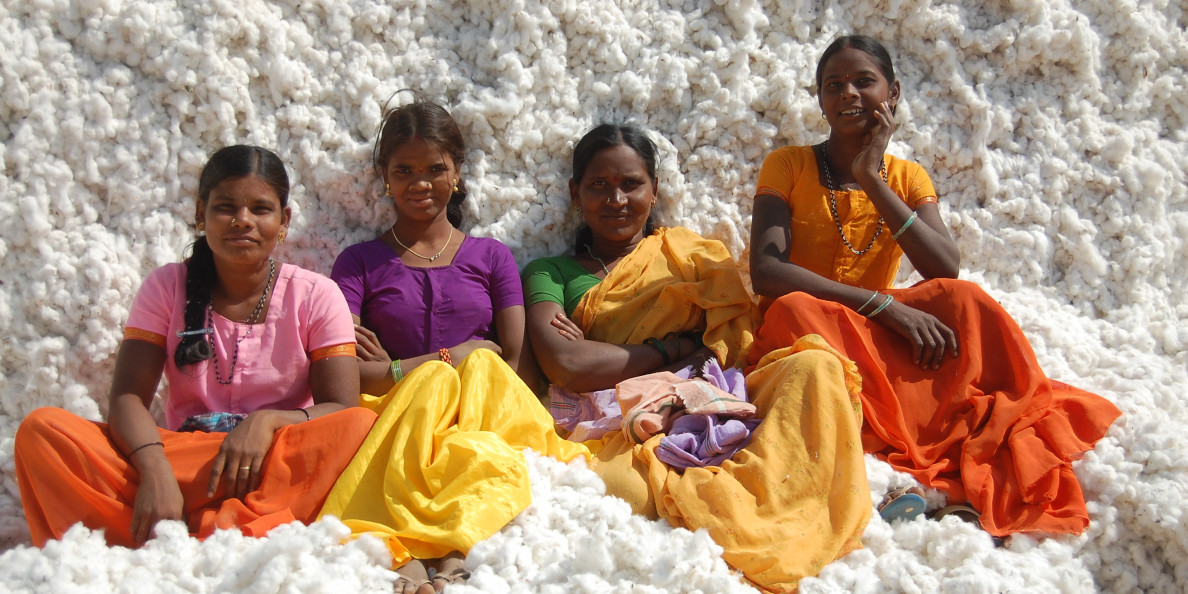However, land constraints, water shortage, climate change, pest and disease attack coupled with stagnant yields will pose challenges, says OECD-FAO report
In the decade ahead till 2030, India (25 per cent), China (22 per cent), USA (15 per cent) and Brazil (10 per cent) in that order will continue to dominate the global cotton production which is expected to reach 28.4 million tonnes (mt), while five Asian countries — China, India, Pakistan, Bangladesh and Vietnam — will account for 75 per cent of the total mill consumption (28.3 mt) during the period, the latest OECD-FAO report on Agriculture Outlook 2021-2030 has forecast.
World cotton export is expected to expand by a quarter to surpass the 11 mt mark by the end of this decade, by which time sub-Saharan Africa with a share of 15 per cent is set to occupy the third position after USA and Brazil, edging India down to the fourth position. Bangladesh, Vietnam, China, Turkey and Indonesia will continue to be major importers of the fibre.
India will continue to be the world’s largest cotton producer with the increase in production resting mostly on relatively higher yields, while area expansion is expected to be limited in line with recent trends.
By 2030, India’s cotton production is projected to expand to 7.2 mt (approximately 43 million bales of 170 kg each) compared with current output of 6 mt equivalent to roughly 36 million bales. India will contribute to as much as 40 per cent global increase in cotton production during the outlook period.
Key challenges
However, production will continue to face challenges including land constraints, water shortage, climate change and crop’s susceptibility to pest and disease attacks. No wonder, raw cotton productivity has remained stagnant in recent years and yields are among the lowest. The OECD-FAO Outlook assumes a growth in yield that reflects increased use of smart mechanisation, varietal development, and pest management practices.
In India, pink bollworm appears to have become resistant to Bt cotton (a genetically modified variety of cotton seed), resulting in significant crop losses. Better genetics and adoption of better agronomic practices for sustainable cotton production could bring improvement over the coming decade, but yield growth could remain a challenge, the report has noted.
Growing demand from the domestic apparel industry continues to spur investments in the sector. Support to the sector in India is expected to result in continuous growth in cotton mill use.
The industry, however, faces several challenges, including technological obsolescence, high input costs, and poor access to credit. To address these issues, the government has implemented several subsidy schemes and is currently developing a new textile policy for the overall development of the sector, the report has added.
Competition from synthetics
As a natural fibre, a big challenge to cotton could be from synthetic fibres such as polyester. As a critical raw material, cotton will have to price itself in as a competitive product for mill consumption. That can happen with infusion of technological intervention for improved efficiency along the value chain starting from higher productivity through processing efficiency.
Indian policymakers must take cognisance of the challenges and work towards ensuring higher production through improved yields and generating genuine export surplus to feed the world market. Sustainability principles have to be advanced.
The author is a policy commentator and global agribusiness specialist. Views are personal.
Source: thehindubusinessline.com

